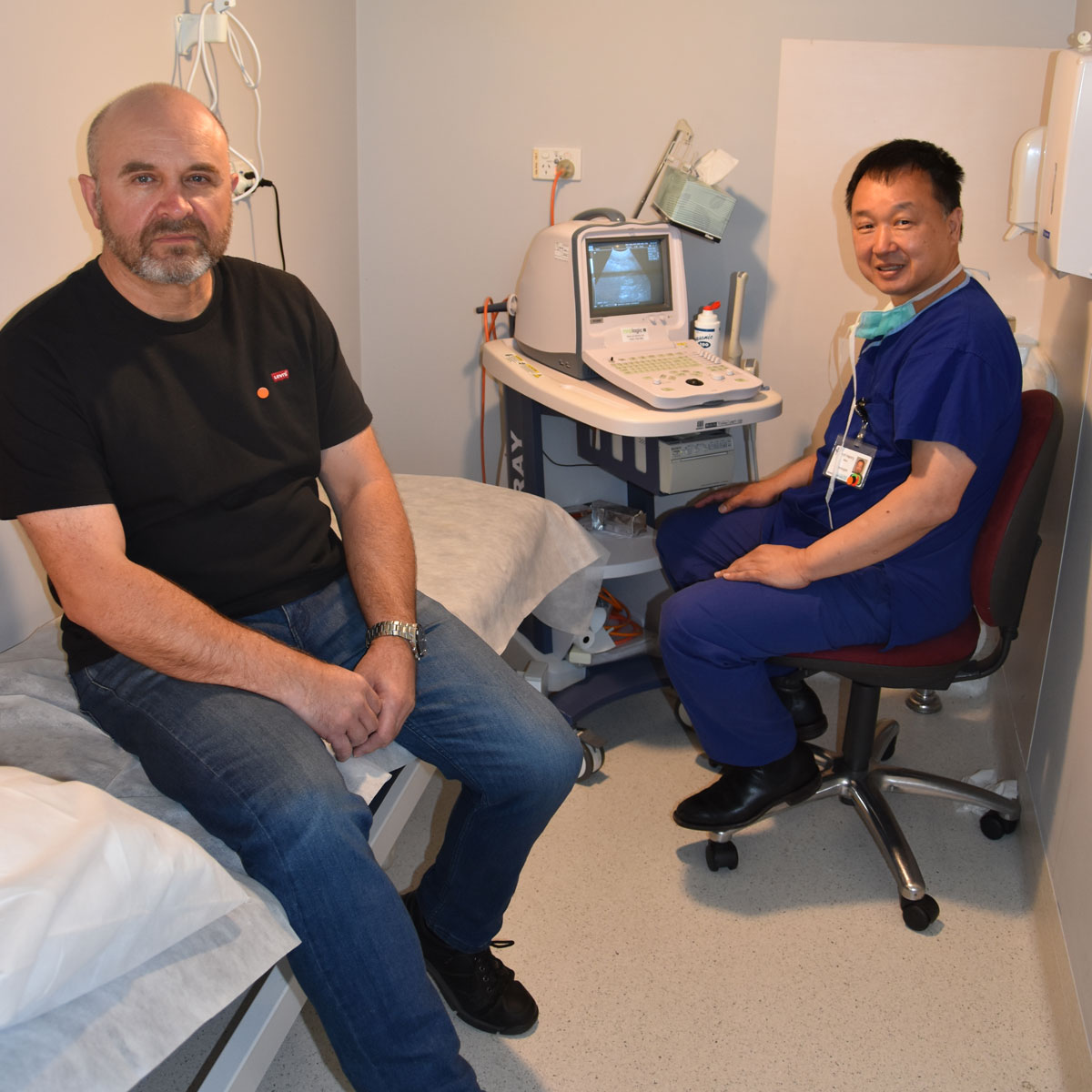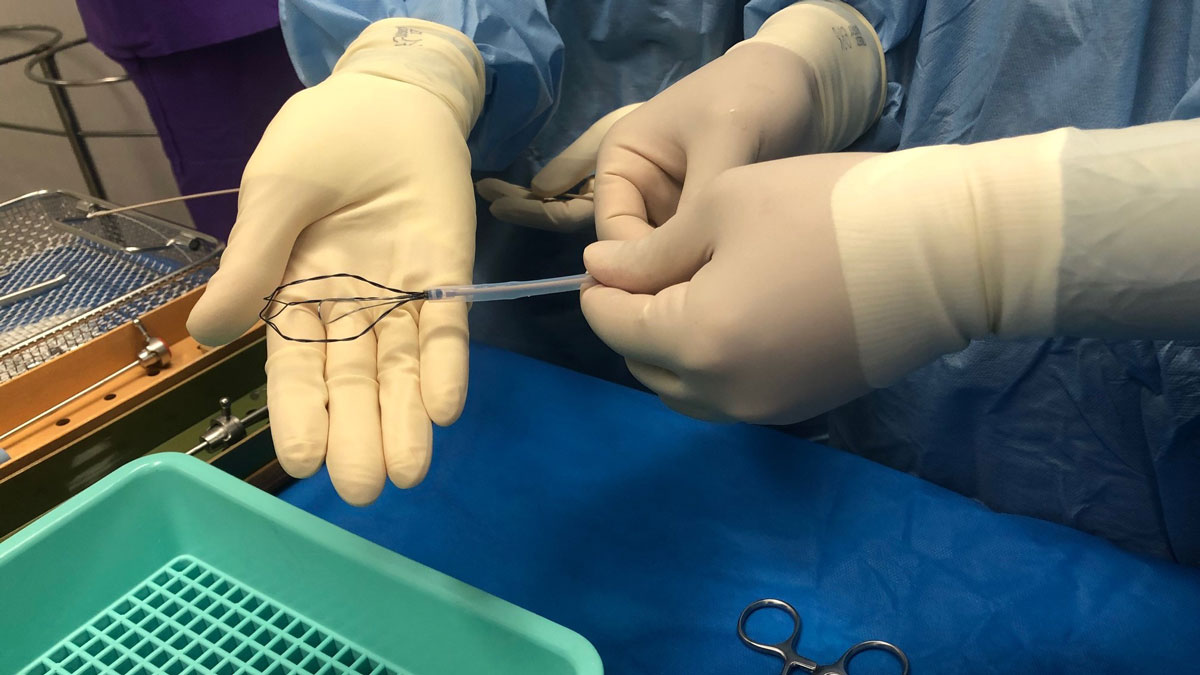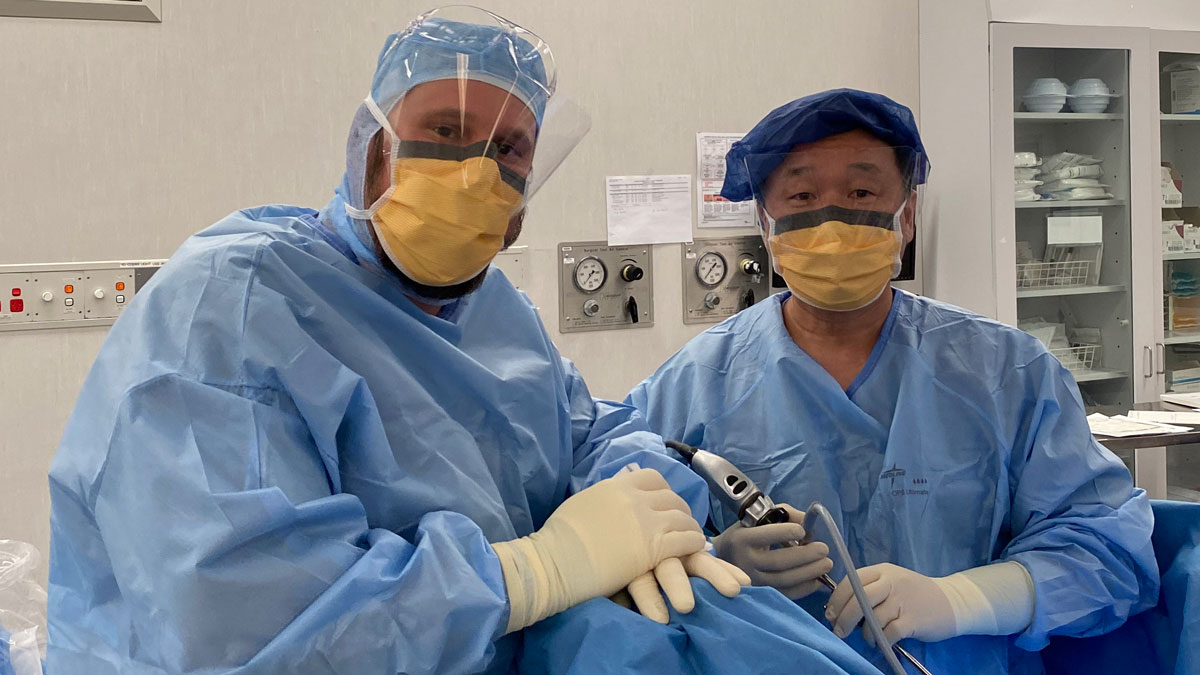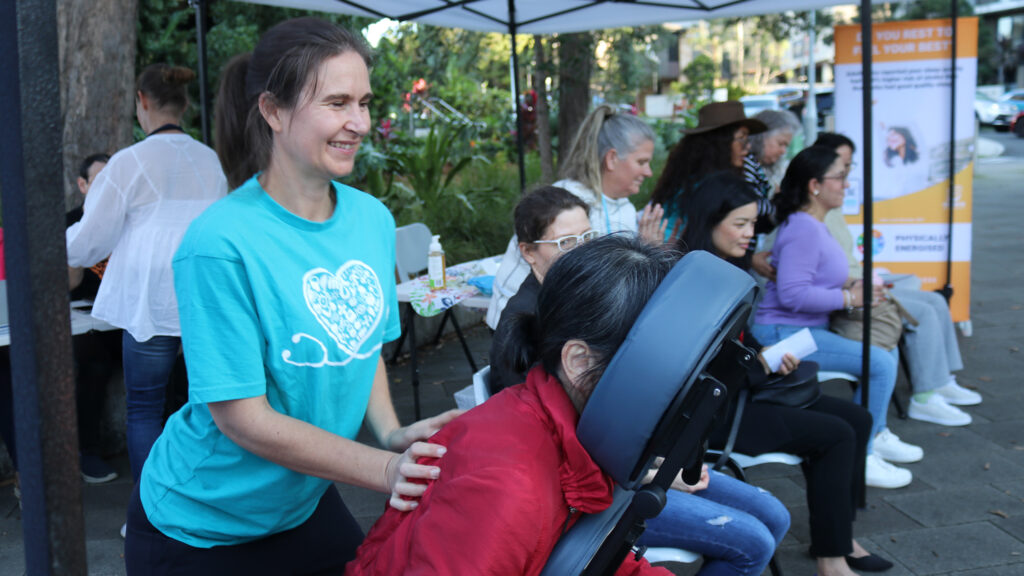In an Australian first, Sydney Adventist Hospital has launched a new treatment for men with enlarged prostates.
San urological surgeon Professor Henry Woo is the first Australian surgeon to implant a device that studies have shown helps remodel the prostatic urethra yet retains sexual health after the procedure.
Benign Prostatic Hyperplasia (BPH), or enlarged prostate, is one of the most common diseases in aging men, affecting an estimated 50 per cent of men aged 50, rising to 70 per cent aged 70 or older. It disrupts sleep, lifestyle and activities.
Professor Woo said the condition means men commonly find themselves adjusting their life around the availability and location of toilets.
The first Australian patient to have the procedure, Sydney dad Mark Tunks, agrees.
“While I was happy I was in a regular routine of going to the gym, it was particularly annoying to find despite my increased fitness, the water I was drinking during workout sessions was meaning I couldn’t then travel onto work without a toilet stop,” the 55-year-old father of three said.
“It was frustrating and uncomfortable and making me feel older than I am.”

Recently approved by the Australian Therapeutic Goods Administration following its successful use in the US, the iTIND is a device that expands after implantation during a day surgery procedure and is removed within 5 to 7 days.
The triangular-shaped three ridges of the stent-like structure reshape and widen the internal tissue helping urine flow and reducing the often uncomfortable and constraining symptoms of the condition.
“If men live long enough, and increasingly they are living longer, the majority will eventually end up with the condition caused by the compression of the bladder outflow by an obstructed prostate,” Professor Woo said.
“The compression triggers a range of symptoms which include weak urinary flow, urine frequency and urgency, requiring multiple bathroom trips during the night or staying close to facilities during the day. Traditionally the treatments to provide relief for patients have been medication, or the cutting or removal of tissue.”
Professor Woo, who has introduced several cutting-edge procedures to treat BPH in Australia, said while long-term data about the durability of the device beyond three years is not yet available, the good results reported from overseas to date about the improvement in symptoms and quality of life, are an acceptable trade-off.
“From my perspective it’s good we have yet another tool in the armoury of the gold standard treatments that the 16 urologists here at the San use to treat what can be a very debilitating condition. We want our patients to lead the best lives they can.”







